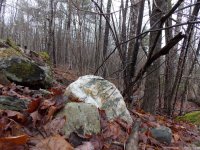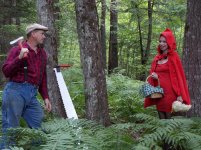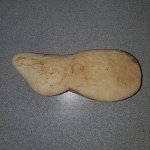- Thread starter
- #161
Remember to follow the gold to the source. In the streams. Look for the bigger chunker gold and follow it up stream. It may not be coming from the hill side. And i think I read platnum is connected to lead. With the lead mines in the area. And of course silver can come lead. Usually with a little gold mixed in. You are finding a fair amount of gold in a few test pans. Wish you had a sluice and run a few yards. Would love to know the results. Good work hang in there.
One reason I might be getting quite a bit of gold in few pans is where I chose to test-pan. I know this is kind of wrong, but my goal at this point is to see if a location has gold so I seek out areas of the stream where this is most likely. I only pan on top of bedrock, on the inside bends, and in areas of gravel that have high amounts of quartz float.
I mean like in my gravel pit, I deliberately panned gravel directly on top of bedrock as it was the highest likely location to find gold. Now that I have found it, now I must do further testing to see where it lies. Areas of my gravel pit are 32 feet deep to bedrock, so I already know I am going to have to move a lot of material to get the gold. But that is research for another day. Right now I am just trying to find where the gold is, and where it is not.
Two other factors also come into play. The first is that these streams, if they have ever been checked for gold at all, was likely over 100 years ago, so I have no competition. And the other factor is, I am finding seams of quartz all over the place, so the gold in these streams, has not moved far.







